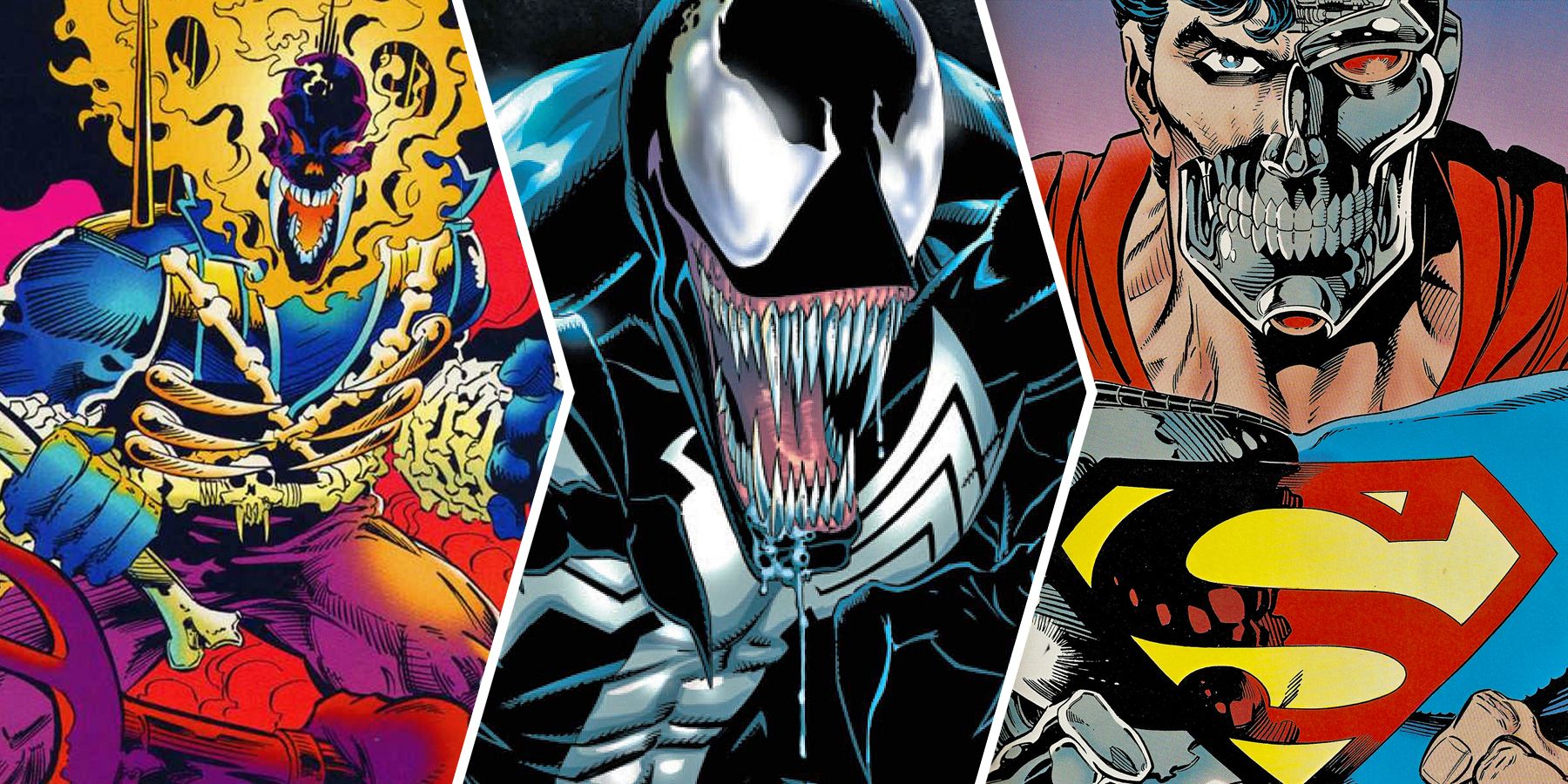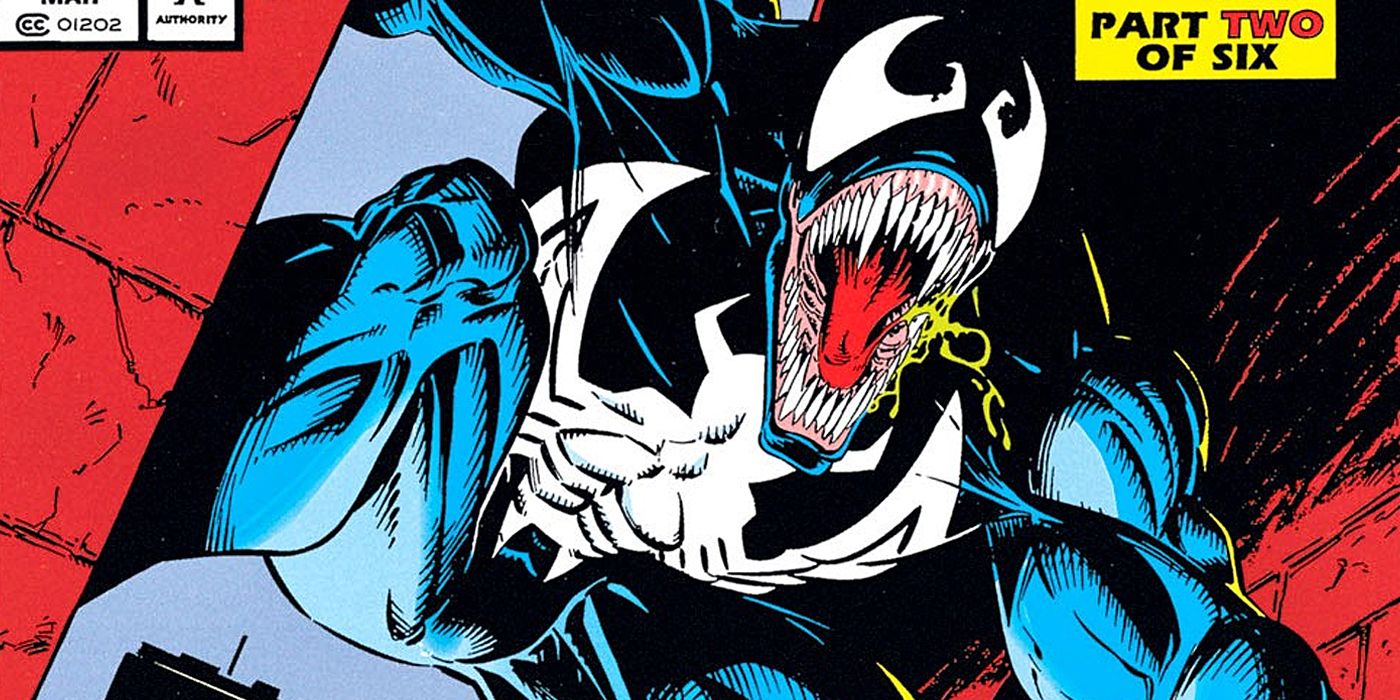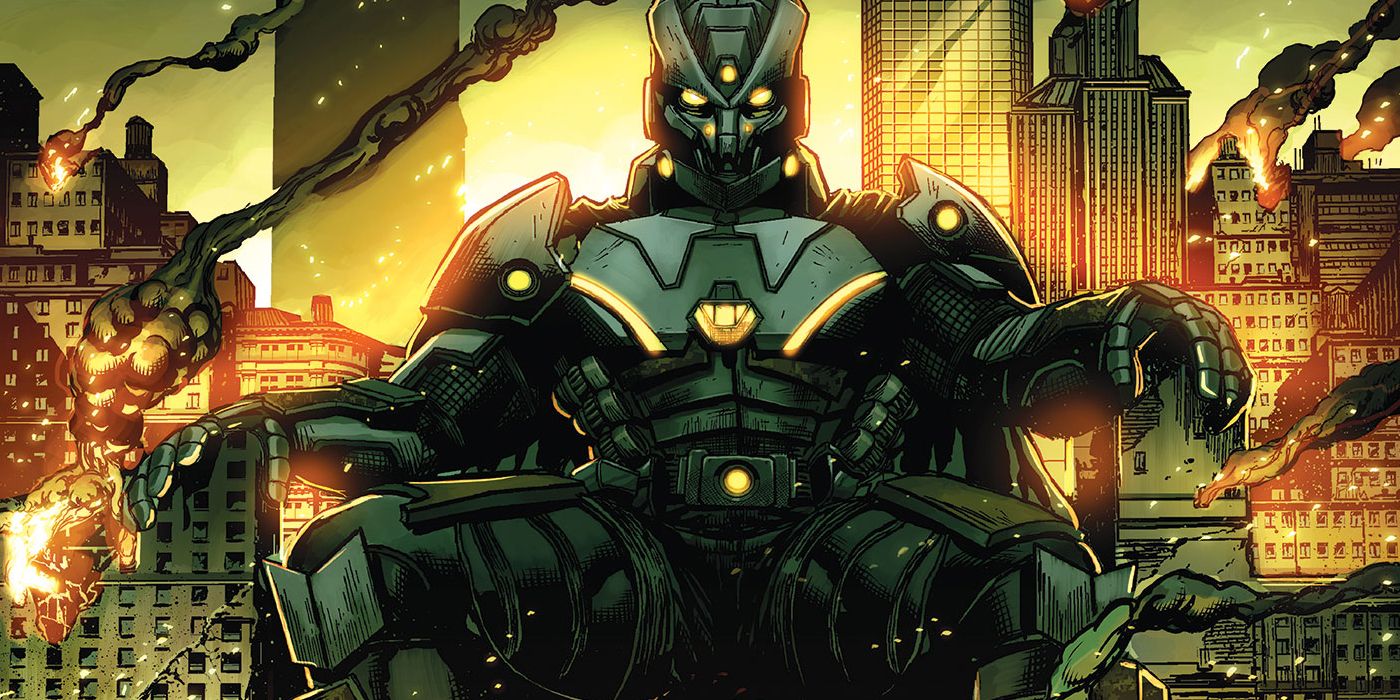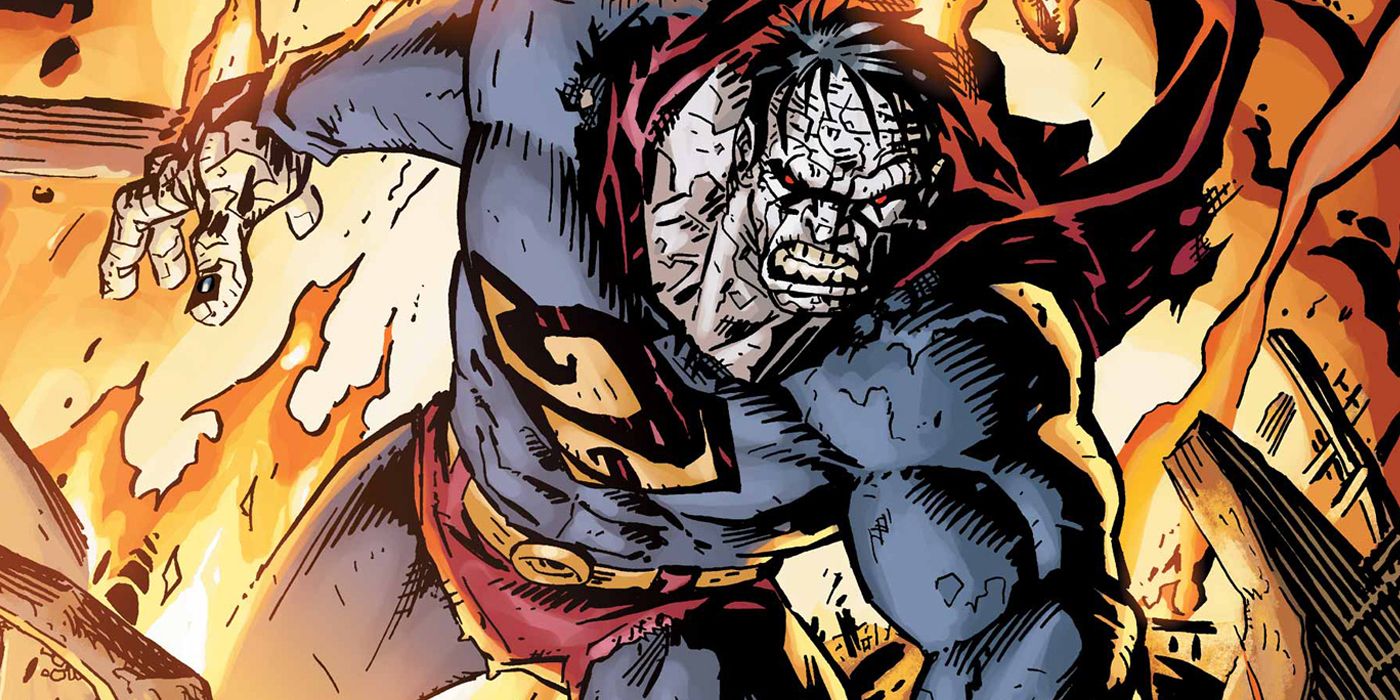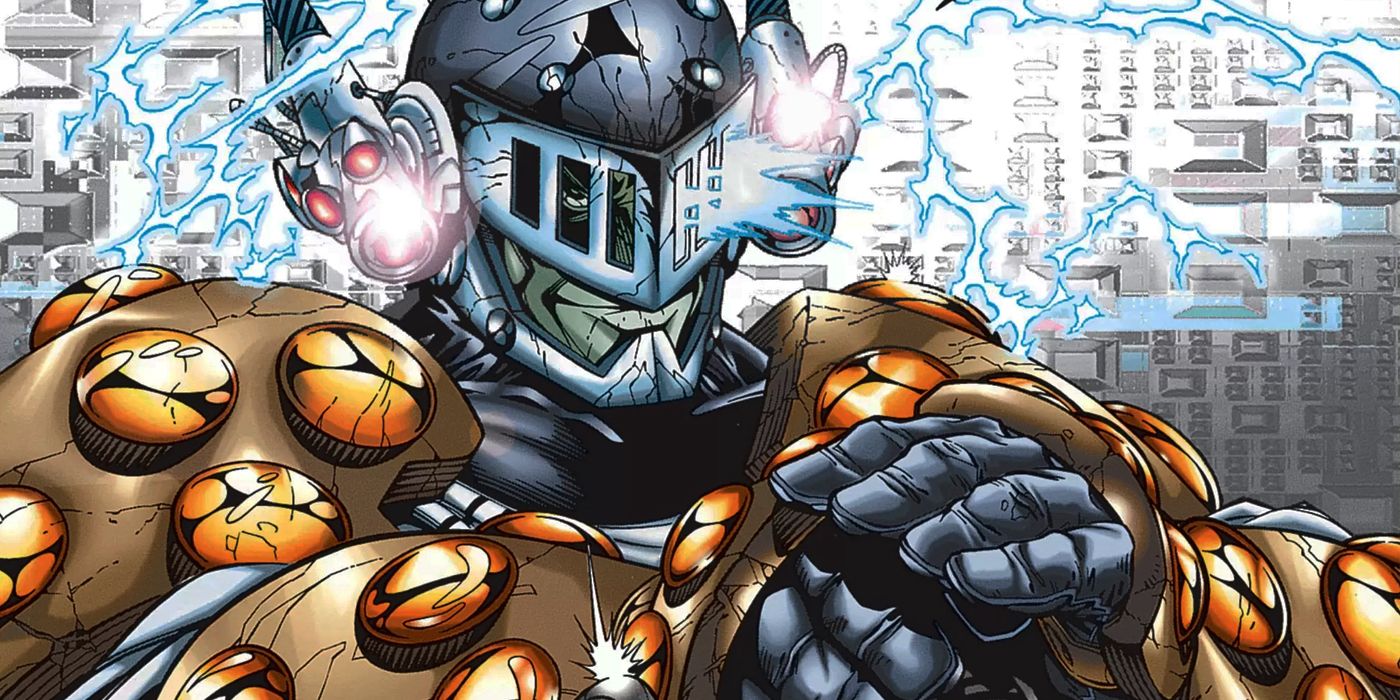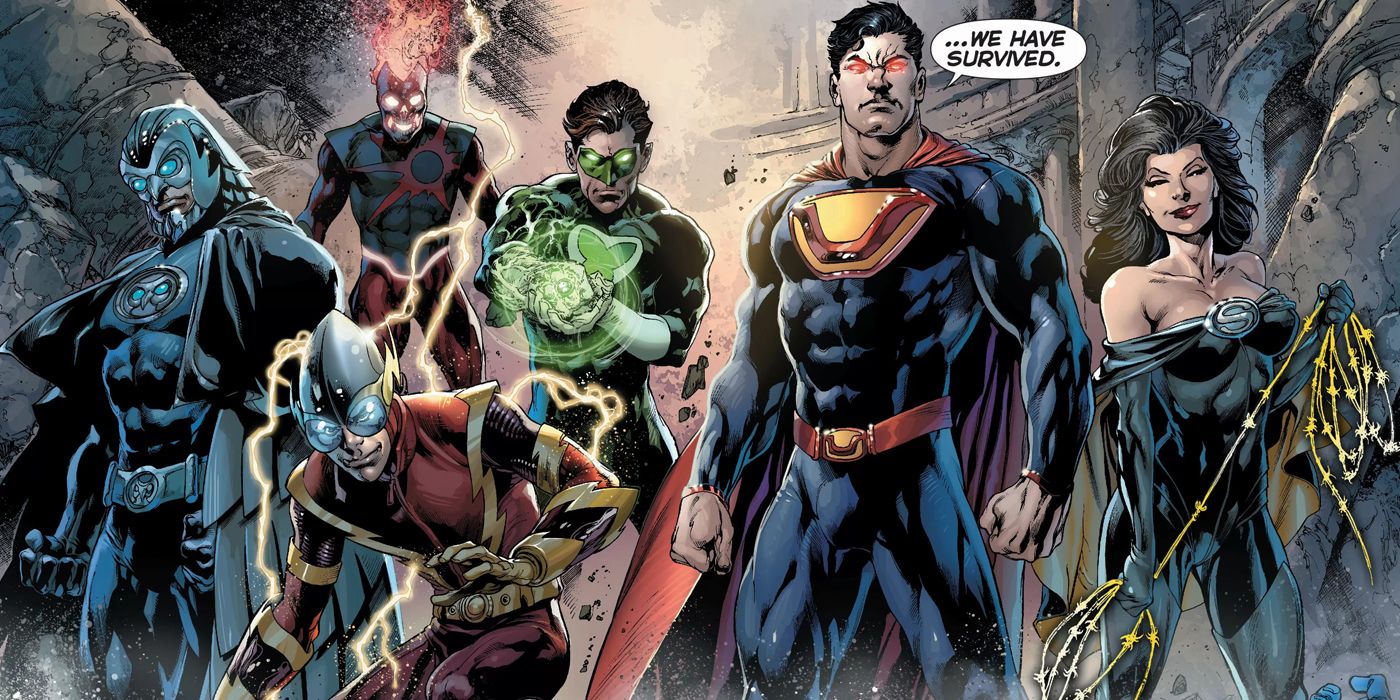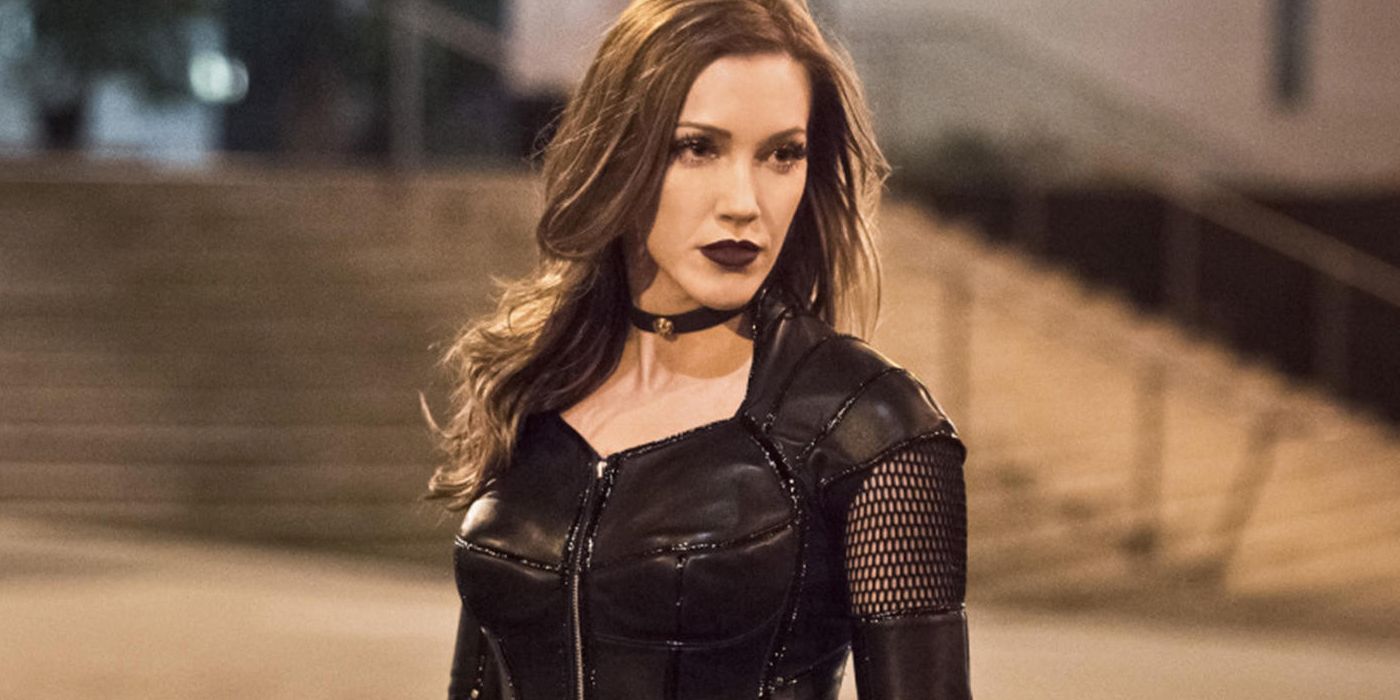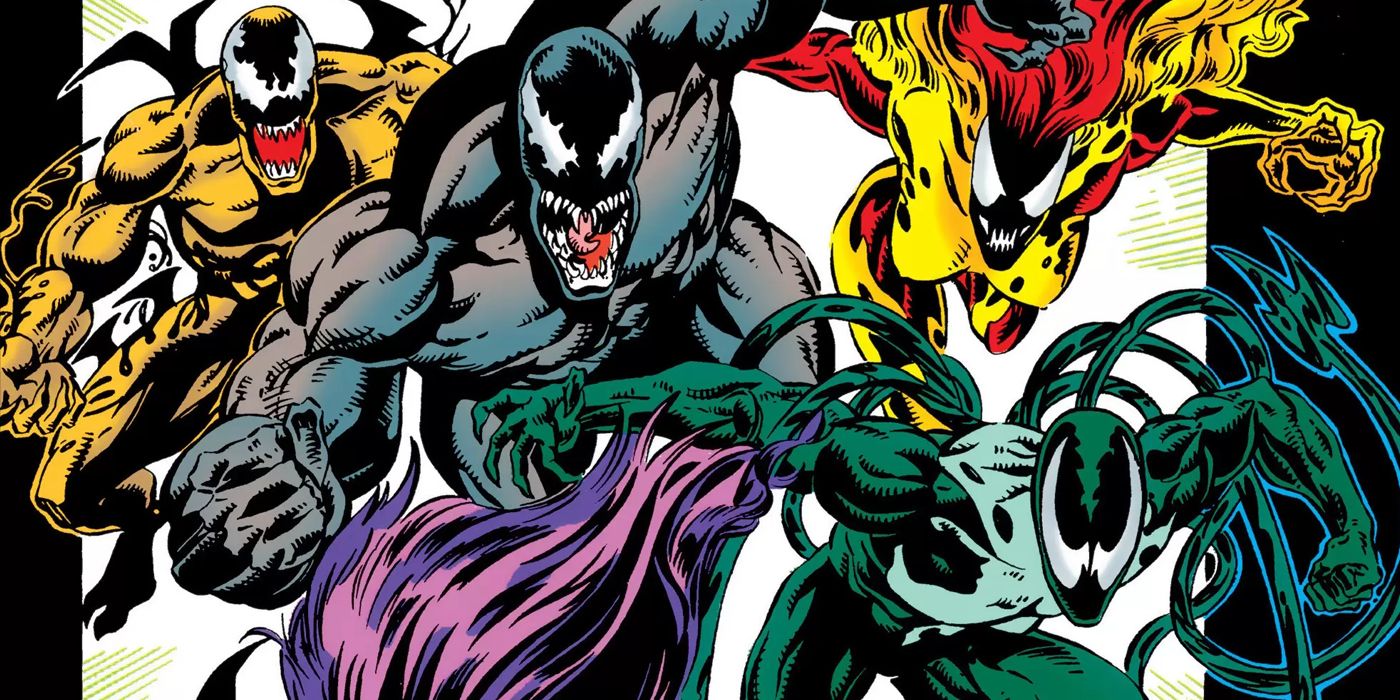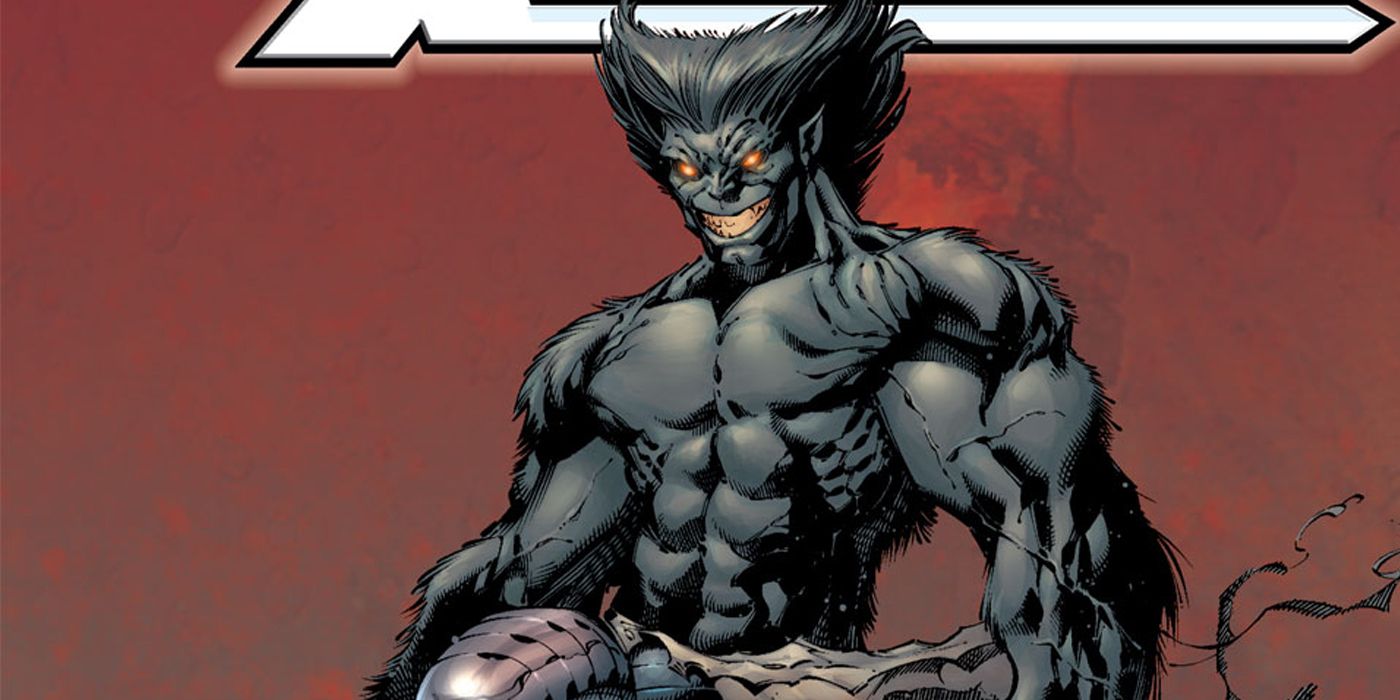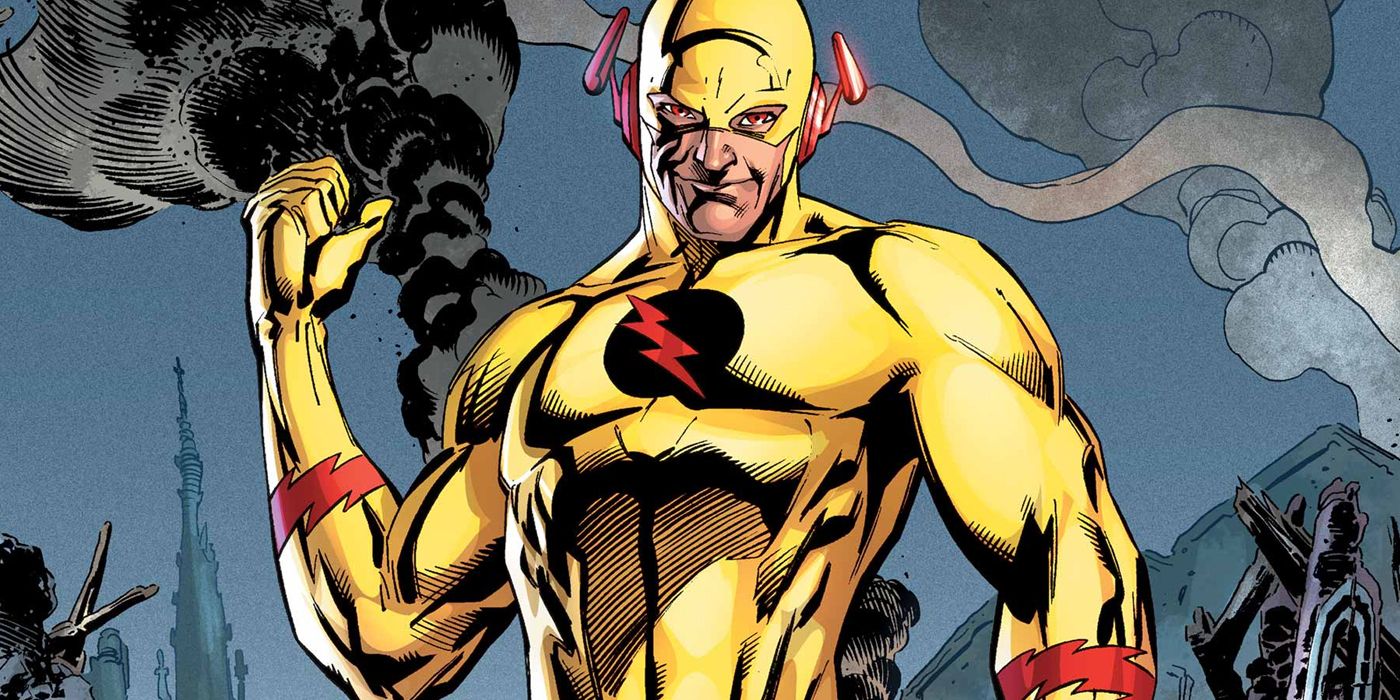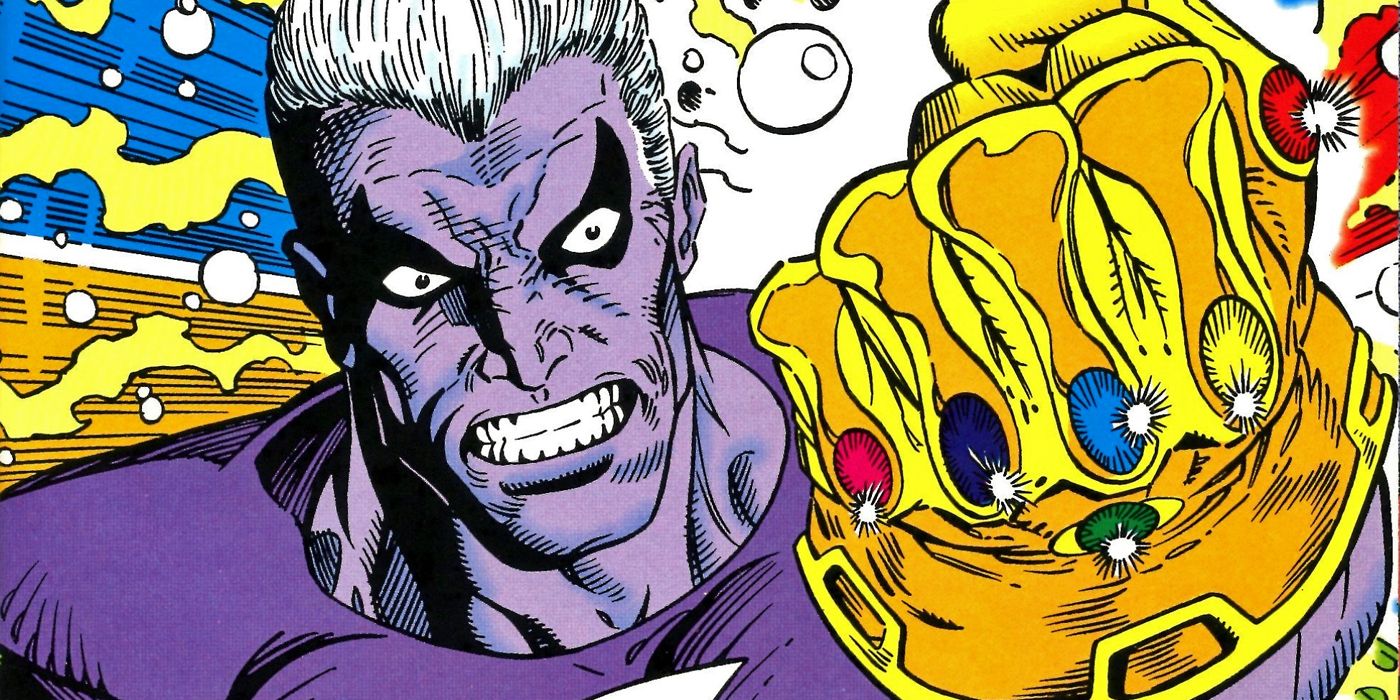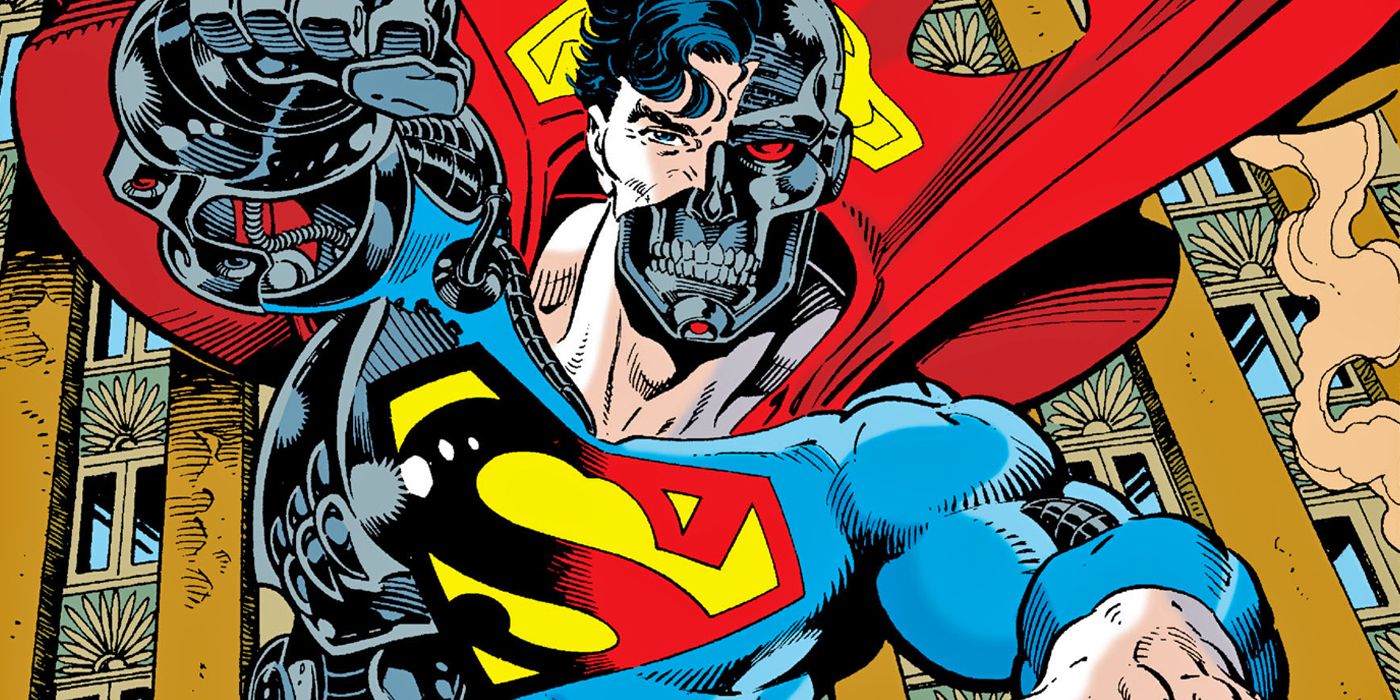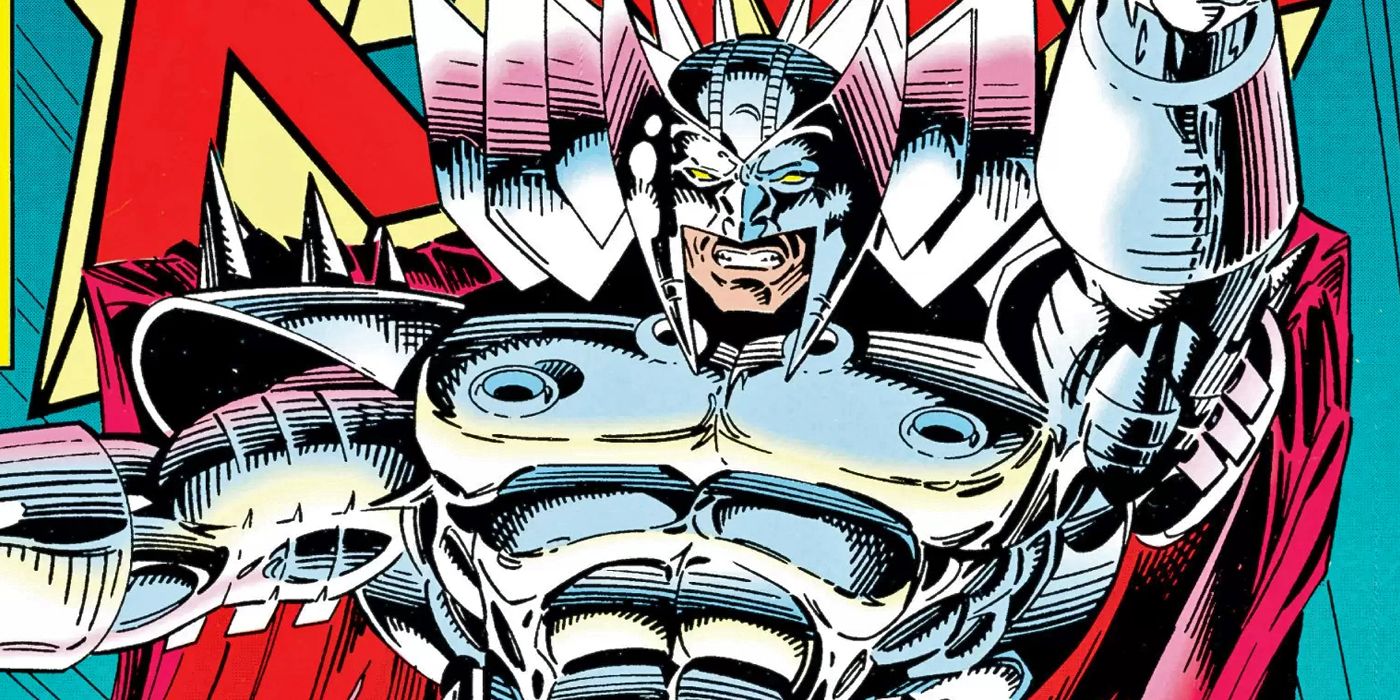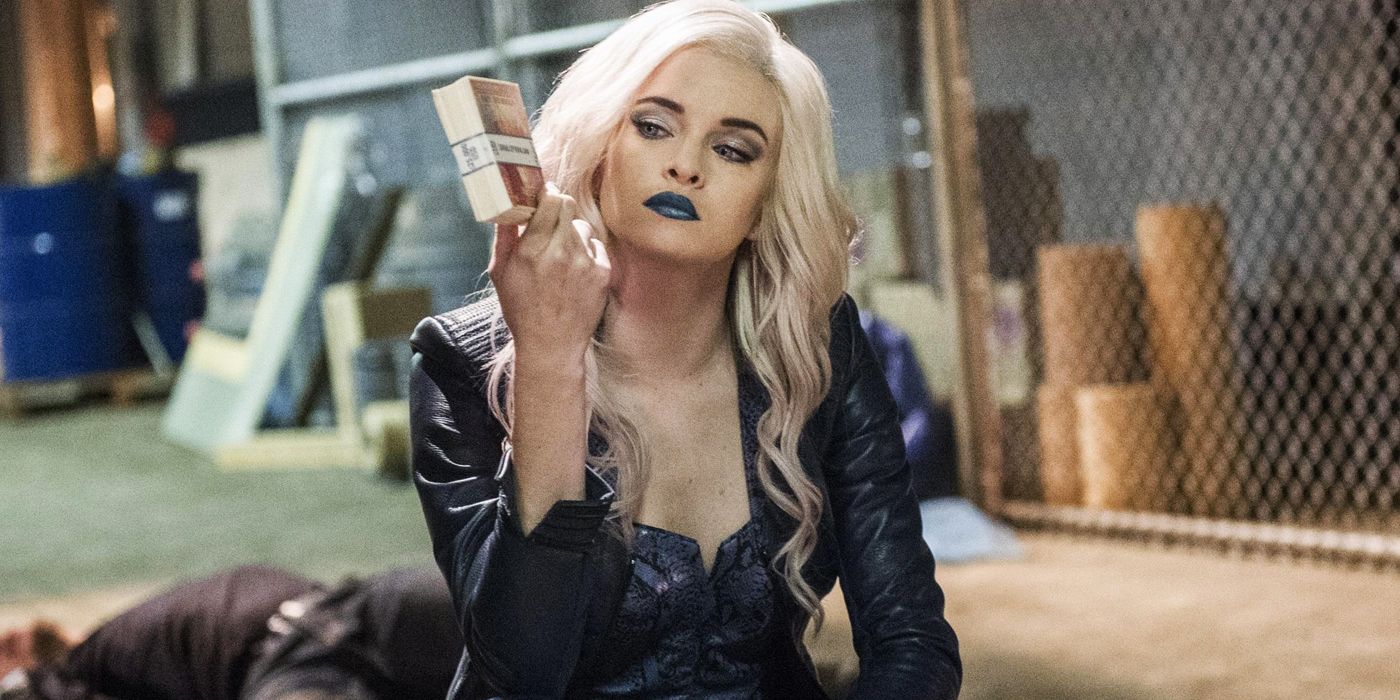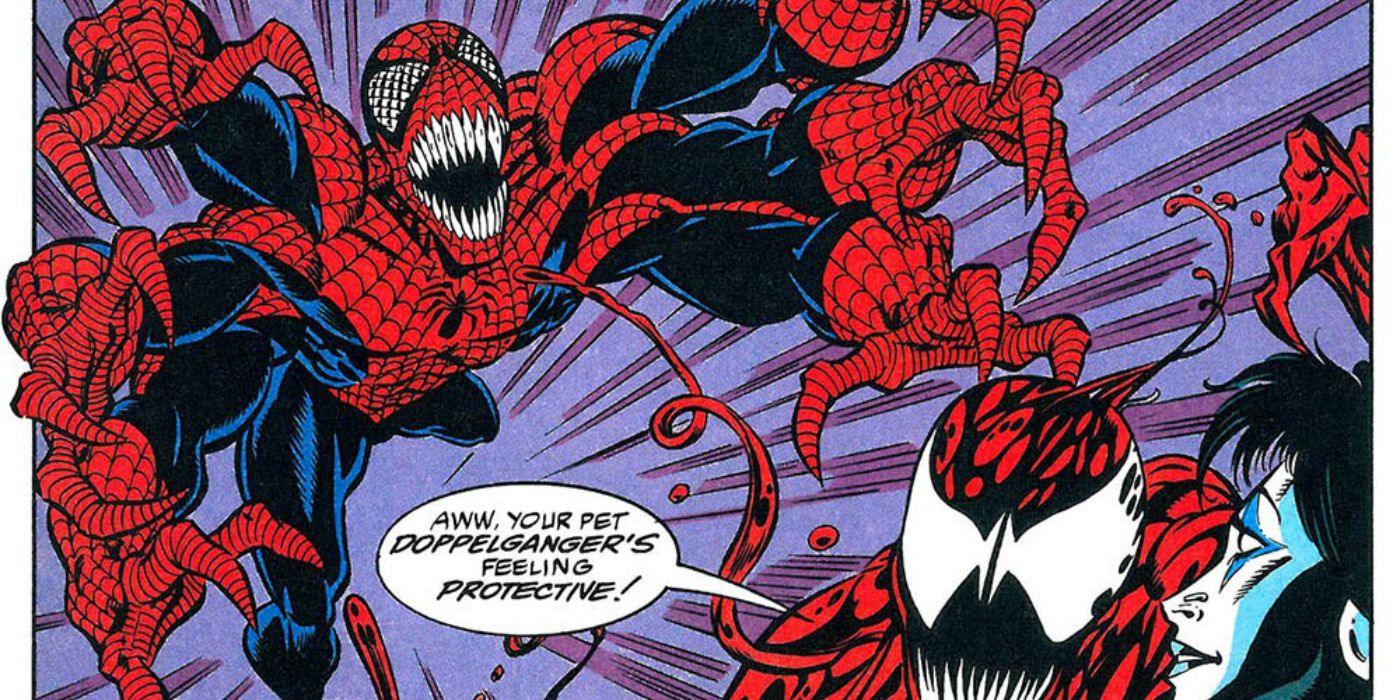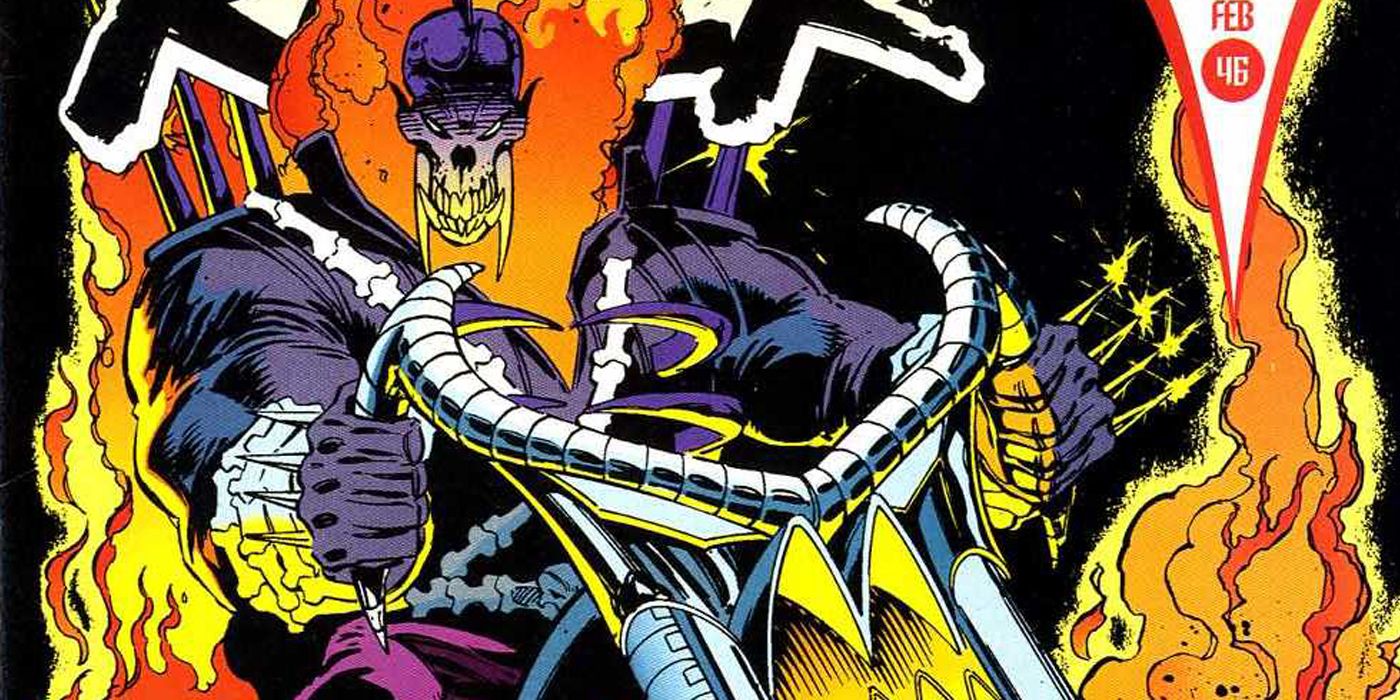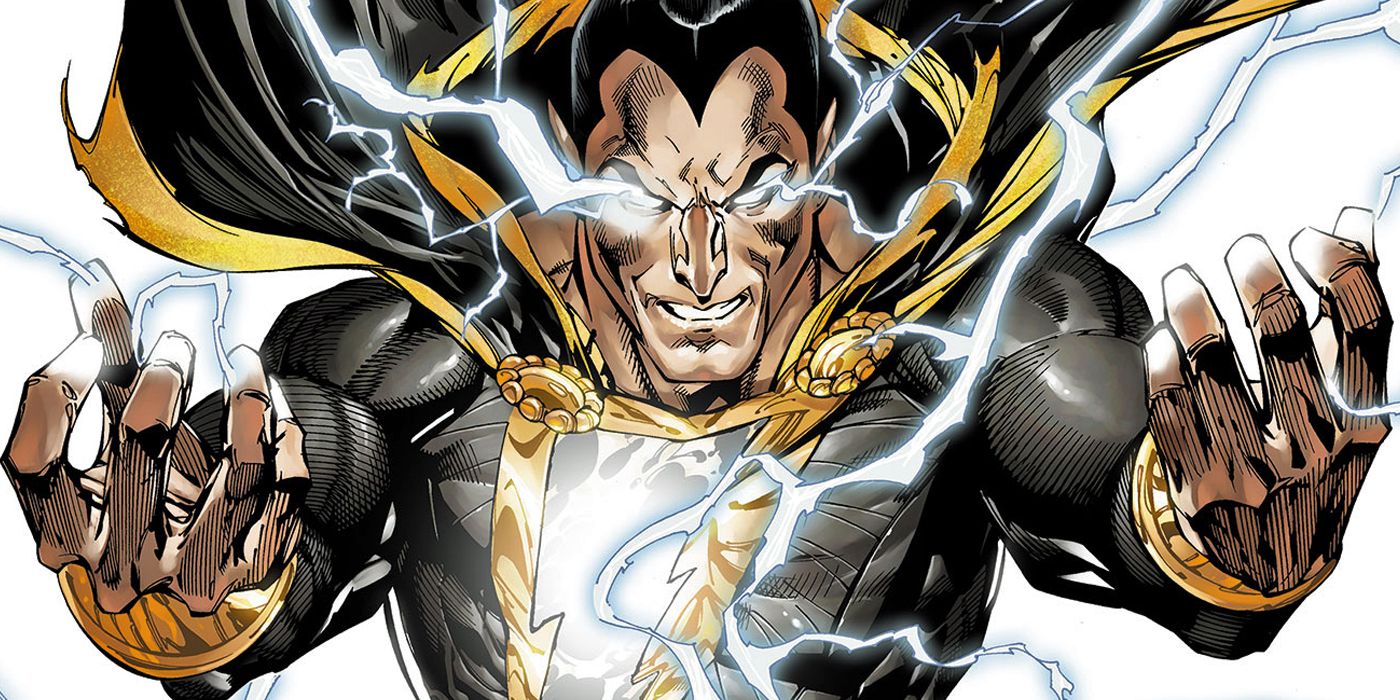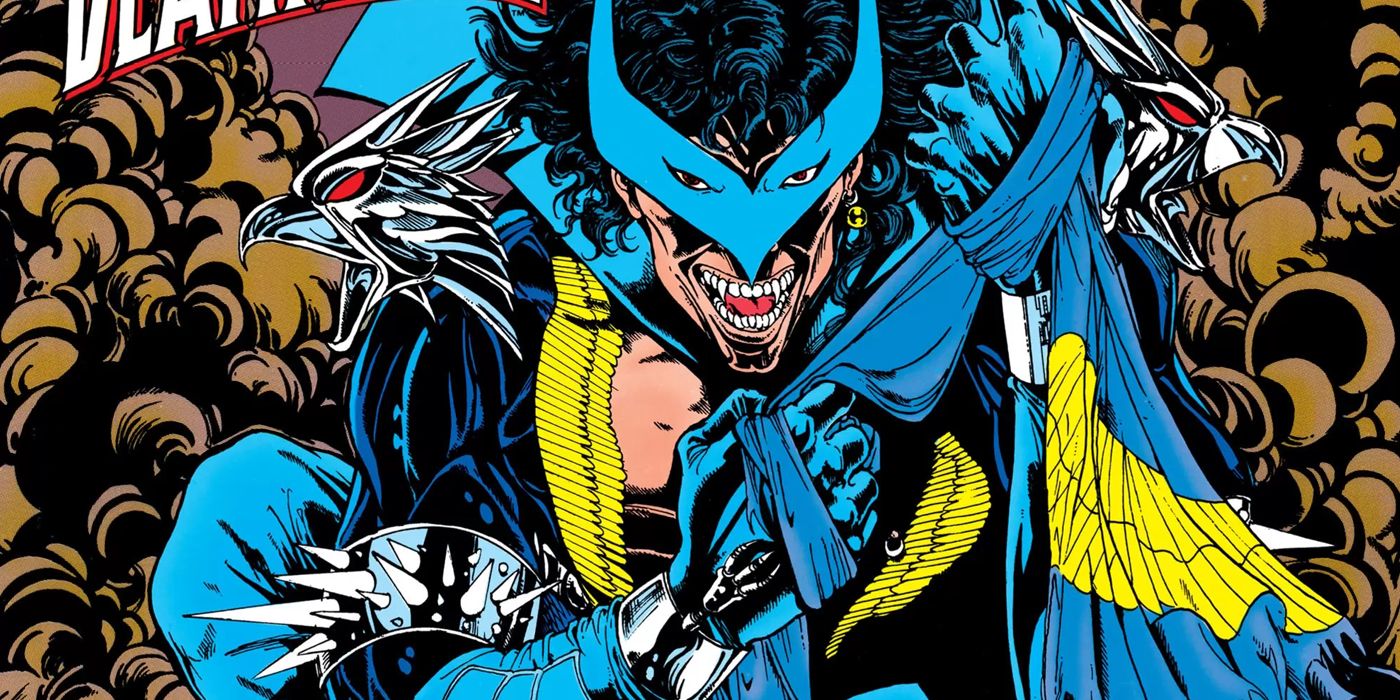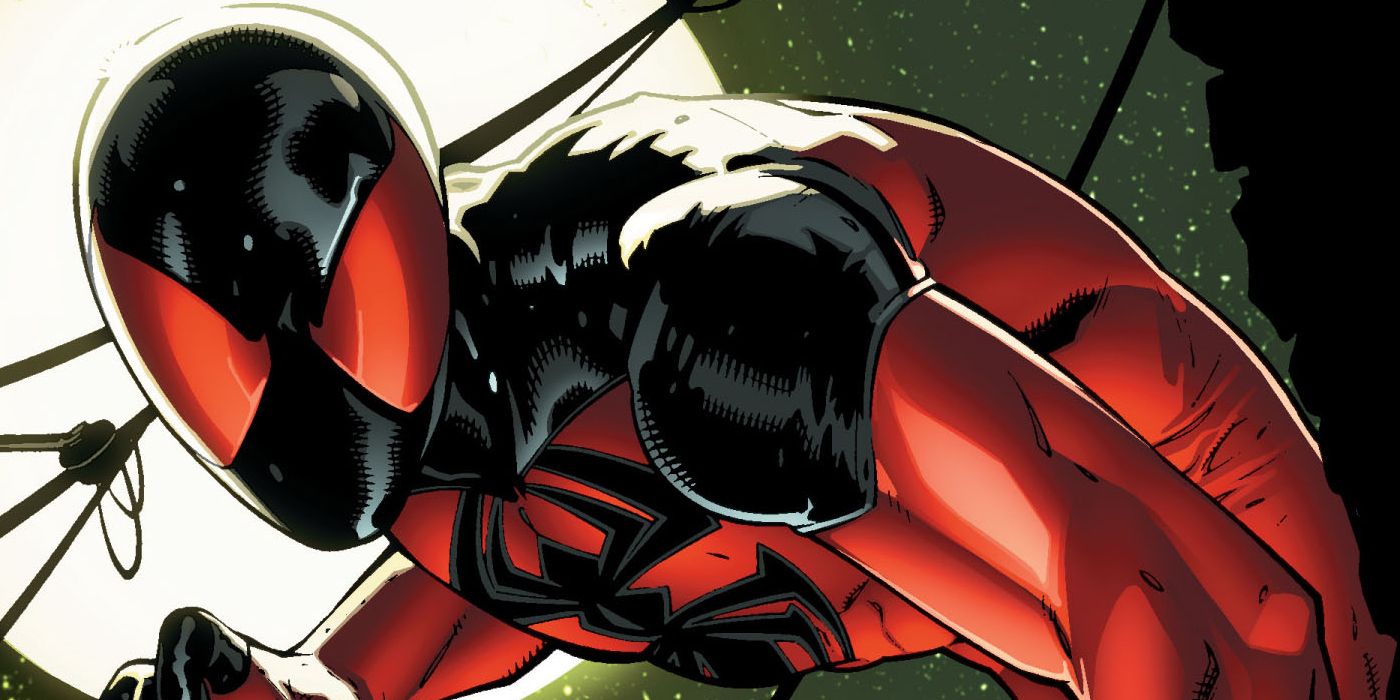In some way, every supervillain is a twisted reflection of the superhero they usually fight. That's why the Joker, a character defined by chaos, is a perfect nemesis foil for Batman, who's defined by order in both his mind and regimented physical training. While plenty of villains reflect one aspect of a hero, some take that idea to the extreme by serving as doppelgangers of Marvel and DC Comics superheroes. Similar to the creatures from Germanic folklore, these supervillain doppelgangers are almost exact copies or inversions of their heroic counterparts on a physical or conceptual level.
Now, CBR is looking at some evil doppelgangers who are way cooler than the superheroes they're based on, and some who are considerably worse than their heroic counterparts. For this list, we'll be looking at evil clones and alternate reality versions of heroes, along with villains who have powers or origins that are strikingly similar to the heroes they usually fight. While this is a staple of the superhero genre across all forms of media, we'll be keeping our hardly comprehensive list to examples from comics and superhero TV shows. Even if they’re not the most original characters in the world, these doppelgangers have left lasting impressions on the superheroes that inspired them.
18 COOLER: VENOM
Venom might be the most famous doppelganger in comic book history. Although Eddie Brock and the inky alien symbiote were introduced separately, David Michelinie and Todd McFarlane combined them to create Venom in 1988's Amazing Spider-Man #299. Since the symbiote absorbed Peter Parker's powers, Venom has all of Spider-Man's abilities along with some of his own. Combined with his iconic monstrous appearance, Venom's immense popularity, especially during the 1990s, isn't surprising.
Even though the symbiote has bonded with a few other hosts, Brock's brutal Venom is a dark reflection of a Spider-Man who's overwhelmed by great power. As Venom evolved into a "lethal protector," he became an antihero and uneasy Spider-Man ally by flirting with the responsibility that defines Spider-Man. After Topher Grace's Venom received a lukewarm reception in 2007's Spider-Man 3, Venom is set to return the big screen in Ruben Fleischer's Venom, starring Tom Hardy.
17 WORSE: WRATH
It's almost impossible to be cooler than Batman. That hasn't stopped numerous villains from becoming "Anti-Batmen," villains who are essentially the opposite of Batman. After his criminal parents were killed by a young Officer Jim Gordon, Wrath grew up to become a cop killer in 1984's Batman Special #1, by Mike W. Barr and Michael Golden. In his first outing, the original Wrath accidentally lit himself on fire and died in Crime Alley.
Decades later, a second, more competent Wrath emerged. After his criminal father was gunned down by a corrupt Gotham City cope, Elliot Caldwell became a weapons contractor and amassed a fortune before his New 52 debut in 2013's Detective Comics #22, by Tony Bedard and Rags Morales. Although he tried to kill every police officer in Gotham, that plan failed, unsurprisingly, and he was defeated by Batman's teen protégé Spoiler in his most recent appearance.
16 COOLER: BIZARRO
Since Bizarro was created in 1958, the imperfect Superman clone has been one of the hero's most unique villains. Bizarro was introduced simultaneously in Otto Binder and George Papp's Superboy #58 and Alvin Schwartz's Superman comic strip in newspapers. In both mediums, he was created by a faulty "duplicating ray" that he later used to create an entire Bizarro World. While later versions of the character were cloned by Lex Luthor, Bizarro and his grammar-defying speech patterns have been a consistent part of Superman's world.
In 2002, Bizarro lent his name to the anthology graphic novel Bizarro Comics, which won an Eisner Award, comics' highest honor, by letting hip indie comics creators run wild with DC's heroes. As one of the stars of the ongoing comic Red Hood and the Outlaws, Bizarro recently gained hyper-intelligence, which made him one of the smartest anti-heroes in the DC Universe, for a while.
15 WORSE: PROMETHEUS
Prometheus was almost cool. In an inversion of Batman's origin, the Justice League villain watched on as his criminal parents were gunned down by police. When he was introduced by Grant Morrison and Arnie Jorgensen in 1998's New Year's Evil: Prometheus, he had already studied criminal techniques around the world and built a base in the Phantom Zone. With his genius intellect, he developed a helmet that downloaded fighting skills into his central nervous system through a CD-ROM, the height of 1990's technology.
Although he single-handedly defeated the Justice League, that first mission ended with a single well-placed crack of Catwoman's whip. After that embarrassing defeat, Prometheus teamed up with Lex Luthor to attack the League again, and Batman used the CD-ROM drive to leave him catatonic. Although he's had a minor resurgence recently, he was also the main villain in the infamous 2009 story Justice League: Cry for Justice.
14 COOLER: THE CRIME SYNDICATE
Since they were created by Gardner Fox and Mike Sekowsky in 1964's Justice League of America #29, the Crime Syndicate of America has offered a terrifying vision of a totally corrupt Justice League. While the details of their origins have changed several times since their debut, the Crime Syndicate always hails from a world with inverted morality where lawlessness and injustice reign supreme.
Led by villains like the Kryptonite-powered Ultraman, the Amazon-killing Superwoman and Thomas Wayne Jr.'s vicious Owlman, the Crime Syndicate has analogs for most of DC's heroes. While the Justice League struggles to keep order in the chaotic DC Universe, the Crime Syndicate uses their considerable might to hold their world with an iron grip. Although the most recent Syndicate was defeated by Lex Luthor's Injustice League, they still managed to neutralize the Justice League and take over the world before their downfall.
13 COOLER: BLACK SIREN
While Arrow might feature crazy comic book concepts like alternate realities and alien invasions, it was a fairly grounded show when it started. In the show's early seasons, Katie Cassidy's Laurel Lance was Oliver Queen's ex-love interest who eventually got something to do by becoming Star City's Assistant District Attorney. Inspired by her sister, she became the second Black Canary, who used martial arts and sonic weapons to fight evil.
In the alternate reality of Earth-2, Laurel became the villainous Black Siren under considerably different circumstances. After getting caught in a dark matter explosion, she gained the superhuman ability to create a piercing sonic scream. Like several other Earth-2 villains, Black Siren has battled the heroes of Arrow and The Flash as part of a few criminal gangs. As one of the Arrowverse's more competent villains, she served as one of the main villains in Arrow's sixth season.
12 WORSE: THE OTHER SYMBIOTES
Despite his occasional over-exposure, Venom is a remarkably good idea. Even though he's essentially a more extreme version of Venom, Carnage has more than a few merits and can stand as a compelling protagonist in his own right. The same can't be said for some of Marvel's other, less noteworthy symbiotes, specifically the symbiotes that were artificially created by the Life Foundation in 1993's Venom: Lethal Protector #4, by David Michelinie and Ron Lim.
Scream, Phage, Agony, Lasher and Riot all paled in comparisons to the symbiote villains that came before them. Although Donna Diego's red-and-yellow female symbiote Scream achieved some mild success, the other symbiotes only made a handful of appearances before they were killed off and combined to form the new symbiote Hybrid. Even though they had the same powers as Venom, these symbiotes faded into the background of the Marvel Universe before their unceremonious deaths.
11 COOLER: DARK BEAST
Even in a series filled with dystopian worlds, the alternate reality of the X-Men's 1995 crossover "the Age of Apocalypse" stands out. In that timeline, Magneto formed the X-Men after Charles Xavier's death, and Apocalypse ruled the nightmarish world without mercy. While the familiar Hank McCoy was a founding X-Man, this reality's Dark Beast was one of Apocalypse's mad scientists when he debuted in X-Men: Alpha #1, by Scott Lobdell and Roger Cruz.
After performing a countless number of cruel, inhuman experiments in his homeworld, Dark Beast traveled to the main Marvel Universe. After posing as the real McCoy and imprisoning him behind a brick wall, Dark Beast joined the X-Men before becoming one of the team's most fierce recurring villains. Despite his savagery, Dark Beast is still one of the smarter people in the Marvel Universe, and the real Beast has even asked for his help on occasion.
10 COOLER: REVERSE FLASH
While plenty of evil doppelgangers have caused trouble for their heroic counterparts, the Reverse Flash made the Flash break the entire DC Universe. While a few characters have used the name Reverse Flash, the most famous one, Eobard Thawne, was created by John Broome and Carmine Infantino in 1963's The Flash #139. After growing up in the 25th century, Thawne became obsessed with Barry Allen's Flash, got super-speed powers of his own and traveled back to the present day.
In the 2011 crossover Flashpoint, Reverse Flash ruined Barry's life by going back in time again to kill his mother and erase his best friend from history. Due to the nature of time travel, the Flash couldn't reverse the Reverse Flash's actions in the past without major consequences. With this incident, Reverse Flash scored one of the most unequivocal supervillain victories in recent memory.
9 WORSE: MAGUS
While he almost certainly won't make an appearance in 2018's Avengers: Infinity War, Magus was at the center of Jim Starlin and Ron Lim's 1992 crossover, The Infinity War. Created by Starlin in 1975's Strange Tales #178, Magus is a dark reflection of Adam Warlock, a cosmic religious figure who usually protects the Infinity Gems. While he was originally a corrupted future version of Warlock, Magus was reformed after Warlock used the Infinity Gauntlet to expel all of the darkness from his soul.
In the original Infinity War, Magus successfully wielded most of the Infinity Gems in an incomplete Infinity Gauntlet and created evil doppelgangers of just about every Marvel hero. Despite all that, he was still imprisoned in the Soul Gem, where he was trapped as a ghost for several years. After finding a way out, he's taken on a minor role in the ongoing crossover "Infinity Countdown."
8 COOLER: CYBORG SUPERMAN
After Superman briefly died in 1993, several new characters tried to claim his mantle in the "Reign of the Supermen" crossover. While fan-favorite characters like Steel and Superboy emerged from this storyline, it also gave birth to one of Superman's deadliest villains, Cyborg Superman. The robotic villain was originally Hank Henshaw, an astronaut created by Dan Jurgens in 1990's Adventures of Superman #466. After his body was destroyed by a space experiment, Henshaw transferred his mind into a Kryptonian robot body to become Cyborg Superman.
With an impressive design that combined Superman's iconic look with the Terminator's robotic exoskeleton, Cyborg Superman was destined to become a villain. Despite the efforts of a revived Superman and his allies, Henshaw changed the face of DC's Earth and killed millions by destroying Coast City, Green Lantern's longtime home. Since then, he's continued to menace Green Lanterns as a member of the Sinestro Corps.
7 WORSE: STRYFE
Even though Josh Brolin will be bringing Cable to life in 2018's Deadpool 2, fans practically need a degree in X-Men history to understand his time-twisted history. The same also holds true for Cable's evil clone, Stryfe. Like his heroic counterpart, Stryfe debuted in 1990's New Mutants #87, by Rob Liefeld and Louise Simonson. Although Cable was born in the present day, he was taken into the far future as a child to get treatment for the life-threatening Techno-Organic Virus. When he was near death, his caretakers cloned him as a precaution.
This young clone, Stryfe, eventually fell into the hands of Apocalypse, who raised him to be a despot. After Apocalypse's death, Stryfe took over his forces in his exceptionally pointy costume and chased Cable back to the present day. Despite his better-than-average villainous record, Stryfe has still been largely driven by his petty anger about being Cable's clone.
6 COOLER: KILLER FROST
When Danielle Panabaker's Doctor Caitlin Snow was introduced in The Flash as part of the speedster's support staff, it was only a matter of time until she developed the ice powers of her comic book counterpart. Although hints about Snow's abilities were dropped in the show's early episodes, they weren't seen onscreen until Snow's Earth-2 counterpart, Killer Frost, debuted.
Like the other residents of that dark alternate reality, Killer Frost's life was a dark reflection of Caitlin Snow's life. After flunking out of school and getting ice powers, she became a criminal who fell into Zoom's group of villains. Although she switched sides to help the Flash and his allies, she still died after being impaled on one of her own icicles. Despite that inglorious end, Killer Frost haunted Doctor Snow's mind, especially when she finally started developing ice powers of her own.
5 WORSE: SPIDER-MAN DOPPELGANGER
After the original Infinity War ended, most of Magnus' superhero doppelgangers faded away. Unlike the rest of his peers, Spider-Man's Doppelganger managed to survive the event and has stuck around the Marvel Universe for decades. After this mindless "geometric pattern" was brought to life in 1992's Infinity War #1, by Jim Starlin and Ron Lim, Spidey's Doppelganger forged a psychic bond with the Demogoblin, a mildly demonic Spider-Man villain.
Over the years, Spider-Man's monstrous Doppelganger has racked up appearances in fan-favorite crossovers like 1993's "Maximum Carnage" and 2012's Spider-Verse. Since he was separated from Demogoblin, the mindless creature has followed other 1990s Spider-Man villains like Shriek and Carnage. Although he casts an imposing profile, Doppelganger has been a henchman for his entire existence. Since the original Spider-Man is one of Marvel's most independent and inventive heroes, his Doppelganger has been a surprisingly minor player.
4 WORSE: VENGEANCE
Between his flaming skull and trademark motorcycle, Ghost Rider is an aggressively cool character. Since that design is already inherently frightening, Ghost Rider's semi-villainous doppelganger, Vengeance, looks like a slightly different version of the hero. Like Ghost Rider, Vengeance was also, confusingly, a Spirit of Vengeance who served as a villain before becoming an antihero.
Created by Howard Mackie and Andy Kubert in 1992's Ghost Rider/Blaze: Spirits of Vengeance #8, Vengeance was born after Detective Michael Badilino made a Faustian deal with Mephisto to get revenge on Ghost Rider. After they worked things out, Vengeance joined the supernatural group Midnight Sons and had a few starring roles during Ghost Rider's most popular era. Even though he's only made a few brief appearances in the 21st century, his purple skull, extra-long spikes and bone chains mark him as one of the gnarliest characters of the 1990s.
3 COOLER: BLACK ADAM
Whether he's called Shazam or Captain Marvel, the adult hero that young Billy Batson transforms into is one of DC's most old-fashioned superheroes. Fittingly, his dark reflection, Black Adam, is one of DC's most compelling and complex antagonists. Created by Otto Binder and C.C. Beck in 1945's The Marvel Family #1, Black Adam was an ancient Egyptian named Teth-Adam who lived through thousands of years to become Shazam's chief nemesis.
While Shazam draws his power from Greek mythology, Teth-Adam draws his abilities from the Egyptian gods. In the 2000s, Adam became less of an outright villain and even joined the Justice Society. After becoming the leader and brutal protector of the country Kahndaq, Black Adam single-handedly conquered the country Bialya and started World War III in the 2005 series 52. As if that wasn't enough, Dwayne "The Rock" Johnson is set to play Black Adam in the DC Extended Universe.
2 WORSE: DEATHWING
Deathwing is one of the rare comic book characters without a single redeeming quality. When he was created by Marv Wolfman and Tom Grindberg in 1991's New Titans Annual #7, Deathwing seemed to be a future version of Nightwing, Dick Grayson. This character trained a new generation of heroes called the Team Titans and traveled with them back into the present day on a mission to save the future.
After the team got stranded in the modern age, a dark version of the Teen Titans' Raven corrupted Deathwing and led him down a path of unspeakable actions. While he initially wore a garish version of Nightwing's costume, Deathwing eventually shaved his head and adopted an all-black leather look while under Raven's thrall. Shortly after it was confirmed that Deathwing wasn't connected to Grayson, the character quickly faded from memory and hasn't appeared since 1995.
1 COOLER: KAINE
As one of the main antagonists in the infamous 1990s Spider-Man epic "The Clone Saga," Kaine didn't get the best start. When he was created by Terry Kavanagh and Steven Butler in 1994's Web of Spider-Man #119, Kaine was a mentally unstable, physically deformed clone of Peter Parker who went on a murderous rampage. Kaine killed some major figures like Doctor Octopus and creatively used his wall-crawling abilities to leave "The Mark of Kaine," a hand-shaped scar on his victims' faces,
After reforming, Kaine became an uneasy ally of Spider-Man and took up the mantle of the Scarlet Spider in 2012. In the fan-favorite series Scarlet Spider, Kaine protected the streets of Houston, Texas as a slightly more brutal kind of Spider-Man. Since those solo adventures ended, Kaine has helped save the day in major Spider-Man crossovers like 2015's "Spider-Verse" before retreating back to the shadows of the Marvel Universe.

